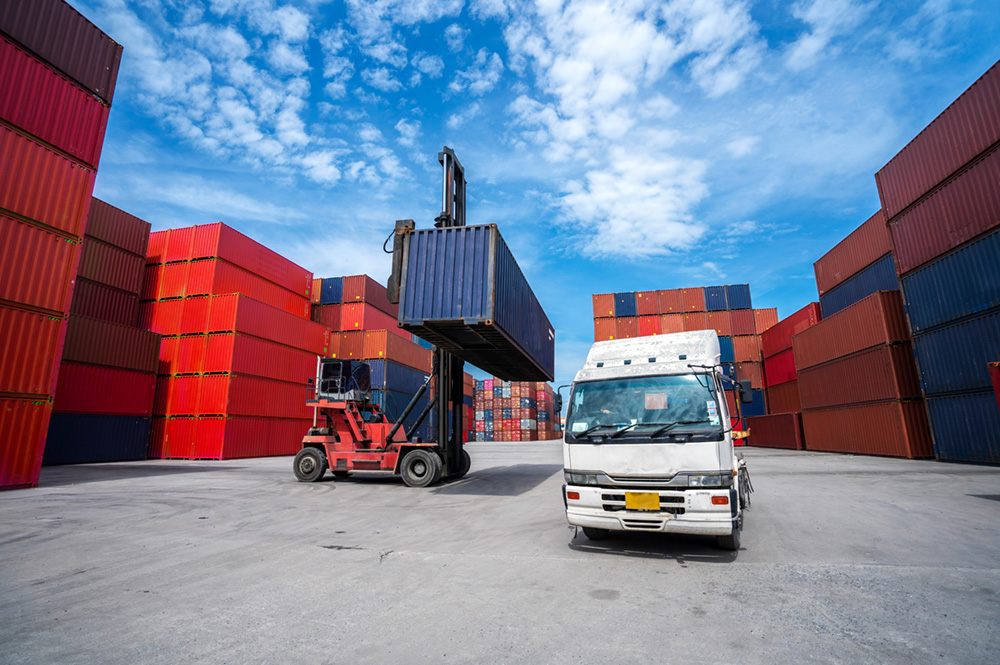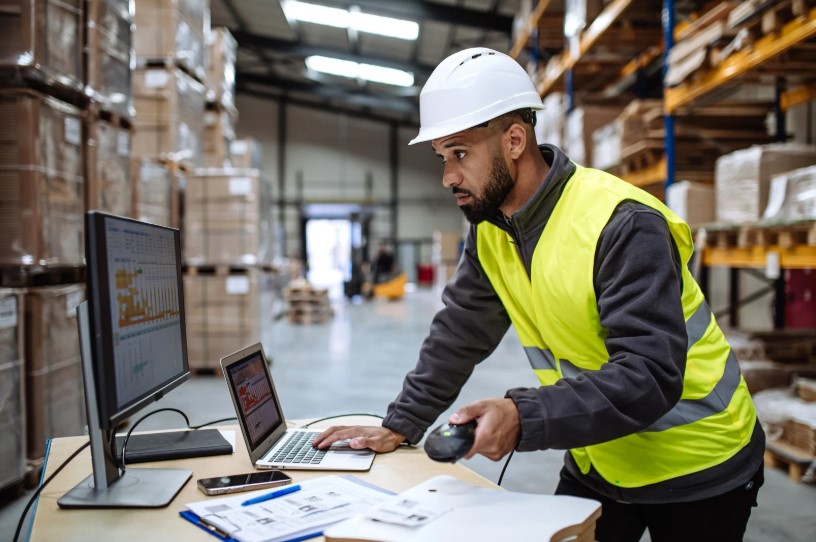Modern cities are rapidly evolving, and buildings are no longer just static structures. They are becoming intelligent, data-driven ecosystems that enhance efficiency, reduce costs, and contribute to environmental sustainability. This transformation is powered by the IoT smart building solution, a game-changing technology that allows facilities to operate with unprecedented intelligence and precision.
As businesses aim to optimize energy consumption, reduce operational costs, and comply with green initiatives, the demand for IoT-powered systems is higher than ever. Adopting a comprehensive IoT smart building solution not only modernizes facility management but also provides a competitive edge in an increasingly tech-driven world.
What is an IoT Smart Building Solution?
An IoT smart building solution integrates Internet of Things (IoT) devices, sensors, and AI-powered analytics to monitor and control various aspects of a building. Unlike traditional Building Management Systems (BMS) that rely heavily on manual inputs and isolated controls, IoT-enabled solutions connect every component of a building into a single, intelligent ecosystem.
With IoT, building managers can oversee HVAC systems, lighting, energy consumption, security, and maintenance operations in real time. This level of integration not only simplifies operations but also drives data-driven decision-making, enabling buildings to operate at peak efficiency.
Key characteristics of IoT smart building solutions include:
- Real-time monitoring and alerts for all critical building operations.
- Automated adjustments based on occupancy, weather, or energy demand.
- Predictive insights that prevent costly breakdowns and downtime.
How IoT Smart Building Solutions Transform Facility Management
The integration of IoT technology revolutionizes the way facilities are managed. Here are the most impactful transformations brought by an IoT smart building solution:
Real-Time Energy Monitoring and Efficiency
Energy consumption is one of the largest operational costs for buildings. IoT-enabled sensors and analytics can track energy usage across lighting, HVAC, and equipment to identify inefficiencies. By analyzing this data, facilities can make automatic adjustments to reduce wastage, such as:
- Dimming lights in unoccupied areas.
- Adjusting HVAC based on occupancy and outdoor conditions.
- Detecting and eliminating energy leaks from malfunctioning equipment.
This energy optimization not only lowers utility bills but also helps businesses meet sustainability goals and comply with environmental regulations.
Predictive Maintenance and Reduced Downtime
Traditional building maintenance often relies on fixed schedules or responding to failures after they happen, which can be costly and disruptive. An IoT smart building solution changes this by leveraging predictive maintenance.
IoT sensors constantly monitor the performance of critical systems—like elevators, HVAC units, and electrical systems—and alert managers before potential issues escalate. For example:
- Vibration sensors can detect early signs of motor failure.
- Temperature or pressure anomalies can signal HVAC inefficiencies.
- Usage data helps determine when equipment requires servicing.
By shifting to predictive maintenance, businesses save on emergency repair costs, extend the lifespan of their assets, and maintain uninterrupted operations.
Enhanced Security and Data Management
Security is a top priority for any facility. IoT smart building solutions integrate AI-powered surveillance, smart access control, and alarm systems, ensuring that every corner of the building is monitored. Real-time alerts are sent to security teams if unauthorized access or unusual activity is detected.
Moreover, these solutions manage sensitive data responsibly. Leading providers like Advancer Smart Technology (AST) emphasize GDPR compliance, anonymized data processing, and robust encryption to ensure that only authorized personnel can access critical information.
A secure building is not just about physical safety—it’s about protecting digital assets and operational data, too.
Key Features of a Modern IoT Smart Building Solution
An effective IoT smart building solution comes with a set of features designed to optimize every aspect of facility management:
- Centralized Real-Time Dashboards – Monitor all building systems from one interface.
- Customizable and Scalable Systems – Tailor solutions to individual properties, whether a single office or an entire portfolio.
- Integration with Existing Systems – Works seamlessly with HVAC, lighting, water, security, and energy management systems.
- Data Analytics and Reporting – Provides actionable insights for cost reduction and performance improvement.
- Eco-Friendly Operations – Reduces carbon footprint and supports green building certifications.
These capabilities enable businesses to transform their facilities into intelligent, sustainable spaces.
Why Businesses Should Adopt IoT Smart Building Solutions
Implementing an IoT smart building solution delivers a wide range of benefits for both operational and strategic growth:
- Operational Efficiency – Automate repetitive tasks and reduce human error.
- Cost Savings – Lower energy bills and maintenance costs through optimization.
- Sustainability – Contribute to eco-friendly initiatives and attract environmentally conscious clients or tenants.
- Future-Proofing – Prepare for smart city integration and upcoming tech trends.
- Competitive Advantage – Modern, intelligent facilities attract premium tenants and enhance brand reputation.
For organizations managing multiple facilities, these benefits scale significantly, allowing them to centralize operations and streamline processes across locations.
Advancer Smart Technology: Leading the Way in IoT Smart Building Solutions
Among the pioneers in this field, Advancer Smart Technology (AST) delivers IoT smart building solutions that are both innovative and sustainable.
AST’s Core Strengths Include:
- Innovation – Advanced IoT and AI-powered tools that optimize facility operations.
- Customization – Tailored solutions that seamlessly integrate with existing building systems.
- Sustainability – Focus on energy efficiency and eco-conscious building practices.
- Trust and Security – Robust encryption, GDPR compliance, and strict access protocols.
With AST, businesses gain the ability to predict maintenance needs, enhance operational efficiency, and manage data securely, all while supporting a greener future.
Future Trends in IoT Smart Building Technology
The IoT landscape is evolving rapidly, and the future of smart building solutions is filled with promising advancements:
- AI-Driven Decision Making – Buildings will become capable of autonomous adjustments without human intervention.
- Integration with Renewable Energy – Seamless coordination with solar, wind, and other green energy sources.
- Digital Twins and Virtual Models – Real-time building simulations to predict and improve performance.
- Edge Computing for Faster Processing – Local data analysis for quicker decision-making and improved privacy.
Businesses adopting IoT smart building solutions today are positioning themselves to take full advantage of these innovations tomorrow.
Takeaway
The future of facility management is intelligent, connected, and sustainable. By adopting an IoT smart building solution, businesses can reduce costs, enhance operational efficiency, and contribute to a greener planet.
Whether you’re managing a single office or a portfolio of commercial properties, investing in IoT technology positions your organization at the forefront of innovation. With providers like Advancer Smart Technology, achieving a smarter, greener, and more efficient building has never been easier.







